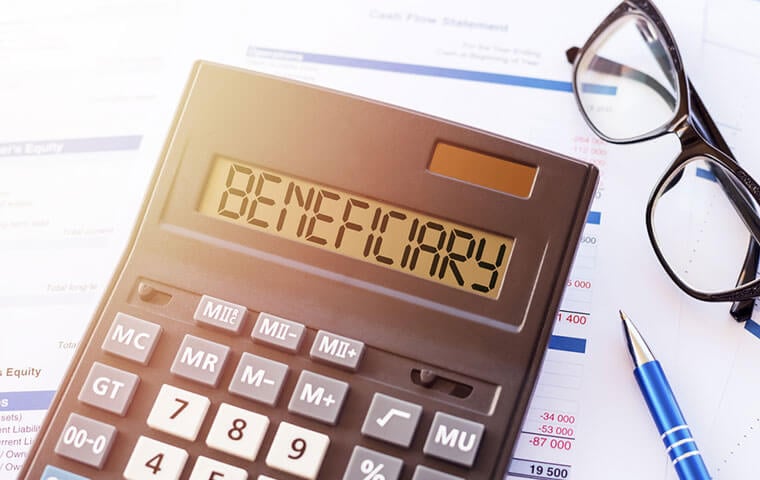 With retirement investing, a program, or scorecard can help you make sense of the game. Image: Fox_Ana/Shutterstock.com
By: John Grobe, Federal Career Experts
With retirement investing, a program, or scorecard can help you make sense of the game. Image: Fox_Ana/Shutterstock.com
By: John Grobe, Federal Career Experts“You can’t tell the players without a scorecard!” That phrase was shouted by hawkers at ballparks back when my father took me to my first major league baseball game in the 1950s. I’m sure that it was a Chicago Cubs game and that the Cubs lost, probably to their (and my father’s) sworn enemy, the St. Louis Cardinals. It wasn’t until the early 1960s when the other Chicago team, the White Sox, introduced names on the back of uniforms, rendering the scorecard less useful. Beginning then, you could tell the players without a scorecard (exception for the New York Yankees who still don’t have names on the back of their jerseys).
Dealing with investing, specifically retirement investing, you need a sort of program / scorecard to be able to tell things apart. Here are a few key concepts and definitions:
A designated beneficiary (DB) is a beneficiary that is a living person, such as a spouse or child.
An eligible designated beneficiary (EDB) is most often a spouse, but could also be a minor child, chronically ill individual, a disabled individual, or someone no more than 10 years younger than the account holder. EDBs are eligible to stretch IRA or plan distributions over their life expectancy.
A non-eligible designated beneficiary (NEDB) is anyone who does not meet the above EDB definition. They must empty the account within ten years from the death of the account holder.
A non-designated beneficiary (NDB) is a beneficiary that is not a person, such as a charity or estate. An NDB must empty the account within either 5 or 10 years depending on whether the account holder died before or after their required beginning date (RBD).
The required beginning date (RBD) is the date by which retirement plan or account owners must begin taking required minimum distributions (RMDs) from accounts. That date is April 1st of the year after the year in which the account owner turns 73 (changing to 75 in 2033). There is an exception that allows TSP participants who are still working at their federal jobs at their RBD to not take RMDs – this is referred to as the “still working exception.”
A required minimum distribution (RMD) Is an amount that an Individual who has reached their RBD (see paragraph above) must take. It is determined by the year-end balance (e.g., for 2023, the balance on 12/31/2022 would be used) and the age the account holder will turn (e.g., the age the account holder will turn in 2023).
A Bear Market is a market that has dropped 20% or more from its high.
A Bull Market is a market that has risen 20% or more from its low.
A Dead Cat Bounce is a rally that takes place in a bear market but then fizzles out.
Hopefully, this scorecard will help you keep track of retirement savings and investments.
5 Steps to Protect Your Federal Job During the Shutdown
Over 30K TSP Accounts Have Crossed the Million Mark in 2025
The Best Ages for Federal Employees to Retire
Best States to Retire for Federal Retirees: 2025
Primer: Early out, buyout, reduction in force (RIF)
See also,
OPM Guidance Addresses Pay Issues arising During, After Shutdown

